Battling Joint Pain: 10 Key Causes and Effective Remedies You Need to Know
Joint pain is a common complaint affecting millions of people worldwide. It can range from mild discomfort to debilitating pain that interferes with daily activities. Understanding the causes and finding effective remedies is crucial to managing and alleviating this condition. In this article, we will explore ten key causes of joint pain and the remedies you can use to battle it.
1. Osteoarthritis
 Cause:
Cause:
Osteoarthritis is the most common form of arthritis, affecting millions of people globally. It occurs when the protective cartilage that cushions the ends of your bones wears down over time. This wear and tear can lead to pain, stiffness, and swelling in the joints.
Remedies:
- Exercise: Low-impact activities like swimming, walking, and cycling can help maintain joint function and reduce stiffness.
- Weight Management: Maintaining a healthy weight reduces the stress on your joints, particularly the knees and hips.
- Medications: Over-the-counter pain relievers like acetaminophen and nonsteroidal anti-inflammatory drugs (NSAIDs) can help manage pain.
- Physical Therapy: A physical therapist can develop a personalized exercise program to strengthen the muscles around the joint and improve flexibility.
2. Rheumatoid Arthritis
 Cause:
Cause:
Rheumatoid arthritis (RA) is an autoimmune disorder that causes your immune system to mistakenly attack your body’s tissues, particularly the synovium, a soft tissue in your joints that produces fluid to nourish the cartilage and lubricate the joints. This can lead to joint inflammation, pain, and deformity.
Remedies:
- Medications: Disease-modifying antirheumatic drugs (DMARDs) and biologics can help slow the progression of RA and reduce symptoms.
- Lifestyle Changes: Regular exercise, a balanced diet, and avoiding smoking can improve overall health and manage symptoms.
- Heat and Cold Therapy: Applying heat can relax muscles and improve blood flow, while cold packs can reduce inflammation and numb the painful area.
- Occupational Therapy: An occupational therapist can help you learn new ways to perform daily tasks to reduce stress on your joints.
3. Gout
 Cause:
Cause:
Gout is a type of arthritis that occurs when urate crystals accumulate in your joint, causing intense pain and inflammation. This happens when your body produces too much uric acid or your kidneys excrete too little of it.
Remedies:
- Medications: NSAIDs, colchicine, and corticosteroids can help reduce inflammation and pain during gout attacks. Long-term medications like allopurinol can reduce uric acid levels.
- Dietary Changes: Avoiding foods high in purines, such as red meat, organ meats, and seafood, can help prevent gout flare-ups. Increasing water intake can also help flush uric acid from the body.
- Weight Management: Losing weight can help reduce the frequency and severity of gout attacks.
4. Bursitis
 Cause:
Cause:
Bursitis is the inflammation of the bursae, small fluid-filled sacs that cushion the bones, tendons, and muscles near your joints. Repetitive motion or prolonged pressure on a joint can cause bursitis.
Remedies:
- Rest and Immobilization: Avoiding activities that aggravate the condition can help reduce inflammation.
- Ice Packs: Applying ice packs to the affected area can help reduce pain and swelling.
- Anti-inflammatory Medications: NSAIDs can help manage pain and reduce inflammation.
- Physical Therapy: Strengthening and stretching exercises can help prevent future episodes of bursitis.
5. Tendinitis
 Cause:
Cause:
Tendinitis is the inflammation of a tendon, often caused by repetitive, minor impact on the affected area, or from a sudden, more serious injury.
Remedies:
- Rest and Ice: Resting the affected tendon and applying ice can reduce inflammation and pain.
- Compression and Elevation: Using a compression bandage and elevating the affected area can help reduce swelling.
- Physical Therapy: A physical therapist can teach you exercises to strengthen and stretch the muscles around the affected tendon.
- Medications: NSAIDs can help manage pain and inflammation.
6. Lupus
 Cause:
Cause:
Lupus is an autoimmune disease that can cause joint pain and inflammation. It occurs when your immune system attacks your own tissues and organs, including the joints.
Remedies:
- Medications: NSAIDs, corticosteroids, antimalarial drugs, and immunosuppressants can help manage symptoms and prevent flare-ups.
- Healthy Lifestyle: Regular exercise, a balanced diet, and avoiding triggers such as sun exposure can help manage lupus symptoms.
- Stress Management: Reducing stress through relaxation techniques, such as yoga and meditation, can help prevent flare-ups.
7. Injuries
 Cause:
Cause:
Joint injuries, such as sprains, strains, and fractures, can cause acute pain and long-term joint problems if not properly treated.
Remedies:
- RICE Method: Rest, Ice, Compression, and Elevation can help manage pain and swelling immediately after an injury.
- Physical Therapy: Rehabilitation exercises can help restore strength and mobility to the injured joint.
- Medications: Pain relievers and anti-inflammatory drugs can help manage pain and inflammation.
8. Infection
 Cause:
Cause:
Septic arthritis occurs when an infection spreads to a joint, causing severe pain, swelling, and fever. Bacterial, viral, or fungal infections can lead to septic arthritis.
Remedies:
- Antibiotics: Prompt treatment with antibiotics can help clear the infection and prevent joint damage.
- Drainage: In some cases, the infected joint may need to be drained of pus to reduce pressure and pain.
- Rest: Resting the affected joint can help speed up recovery.
9. Fibromyalgia
 Cause:
Cause:
Fibromyalgia is a chronic condition characterized by widespread pain, including joint pain, fatigue, and tender points on the body. The exact cause is unknown, but it may be related to how the brain processes pain signals.
Remedies:
- Medications: Pain relievers, antidepressants, and anticonvulsants can help manage symptoms.
- Exercise: Regular, low-impact exercise can help reduce pain and improve function.
- Stress Management: Techniques like yoga, meditation, and deep-breathing exercises can help manage stress and reduce symptoms.
- Sleep Hygiene: Improving sleep quality can help manage fibromyalgia symptoms.
10. Psoriatic Arthritis
 Cause:
Cause:
Psoriatic arthritis is a type of arthritis that affects some people with psoriasis, a skin condition. It causes joint pain, stiffness, and swelling.
Remedies:
- Medications: NSAIDs, DMARDs, and biologics can help manage symptoms and prevent joint damage.
- Exercise: Regular physical activity can help maintain joint flexibility and muscle strength.
- Healthy Diet: A balanced diet can help manage weight and reduce inflammation.
- Skin Care: Managing psoriasis flare-ups can help reduce the risk of psoriatic arthritis flare-ups.
Joint pain can significantly impact your quality of life, but understanding the causes and finding effective remedies can help you manage and alleviate your symptoms. Whether it’s through lifestyle changes, medications, physical therapy, or a combination of these approaches, there are many ways to combat joint pain and improve your overall well-being. If you’re experiencing persistent joint pain, it’s important to consult with a healthcare professional to determine the underlying cause and develop an appropriate treatment plan tailored to your needs.

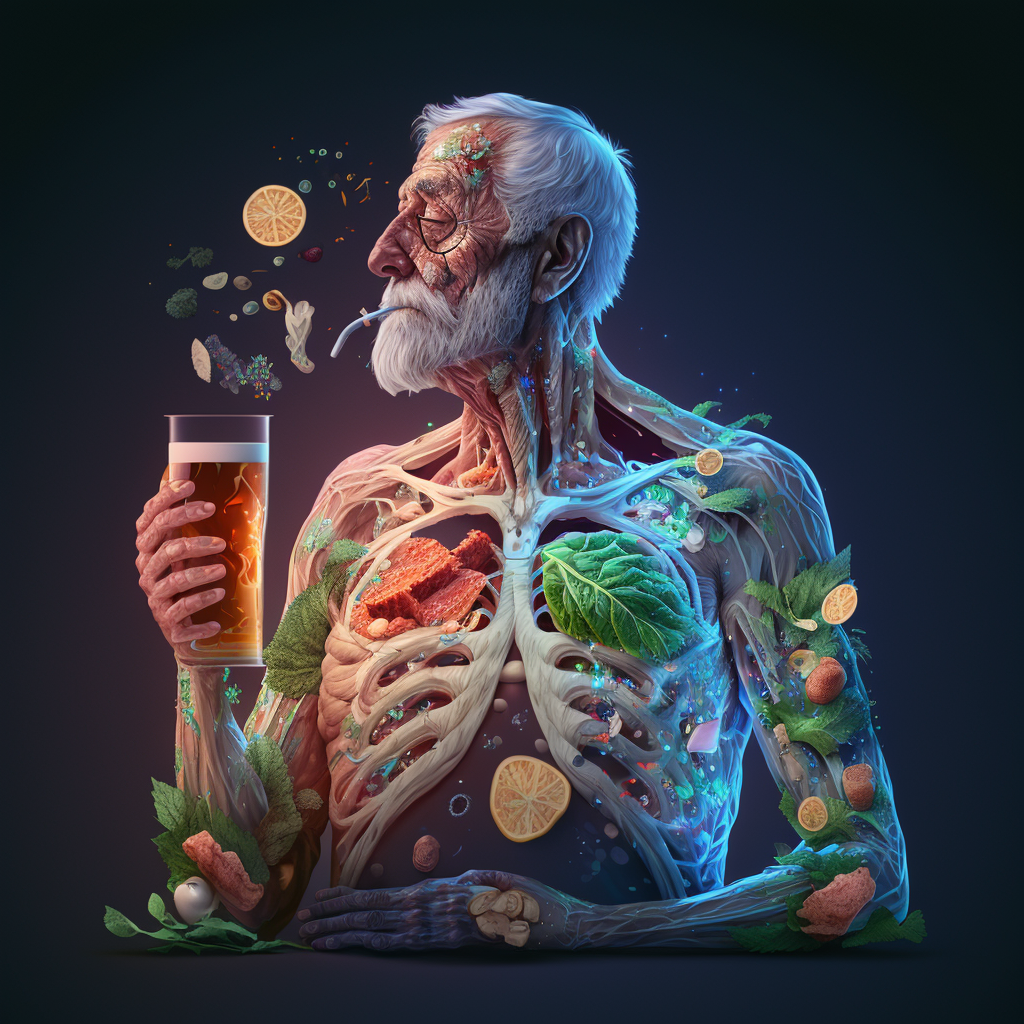
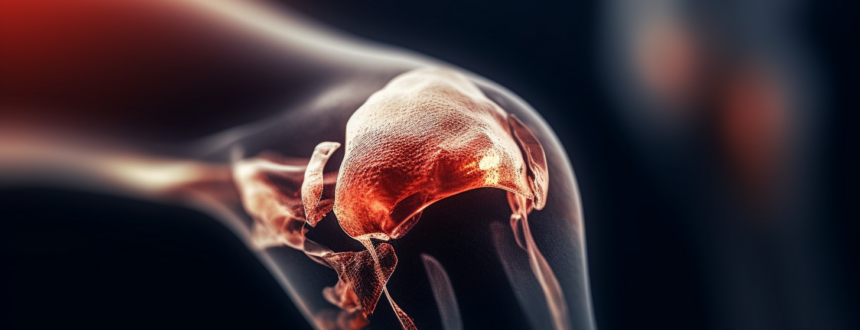 Cause:
Cause: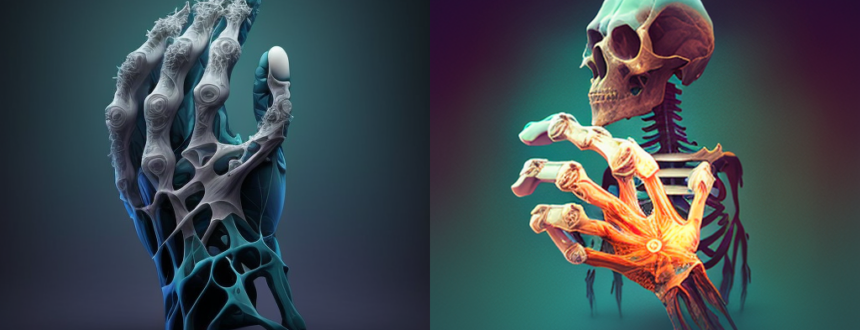 Cause:
Cause: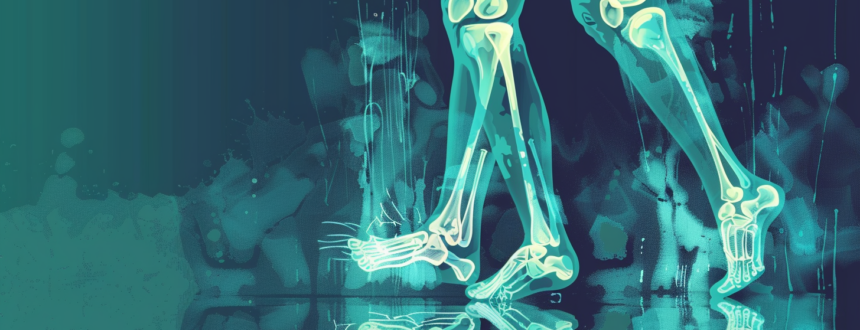 Cause:
Cause: Cause:
Cause: Cause:
Cause: Cause:
Cause: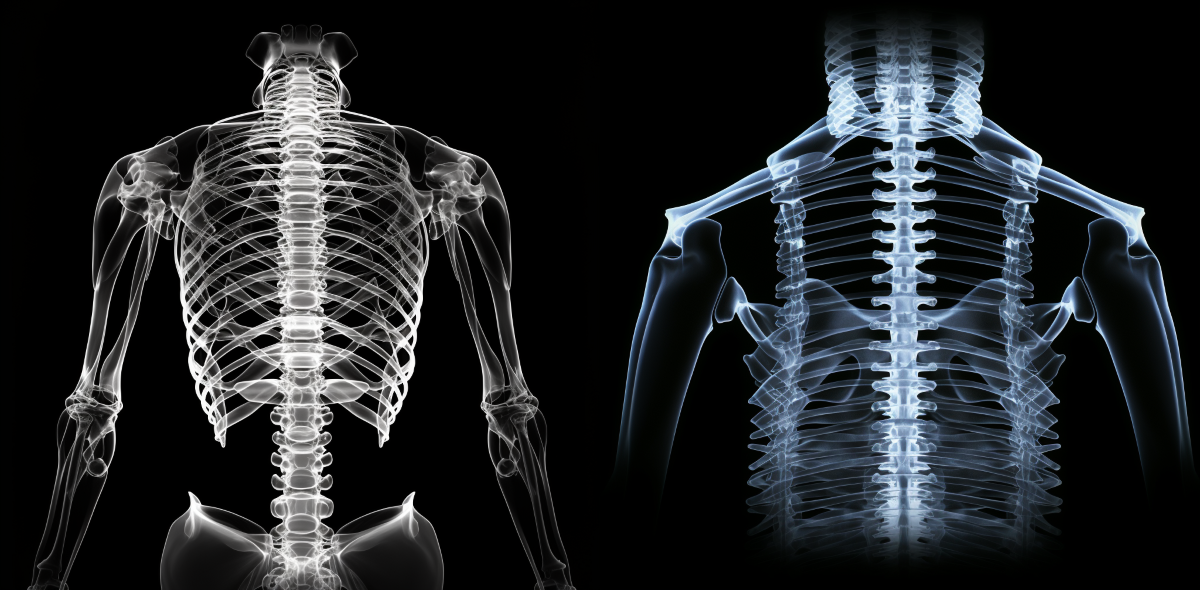 Cause:
Cause: Cause:
Cause: Cause:
Cause: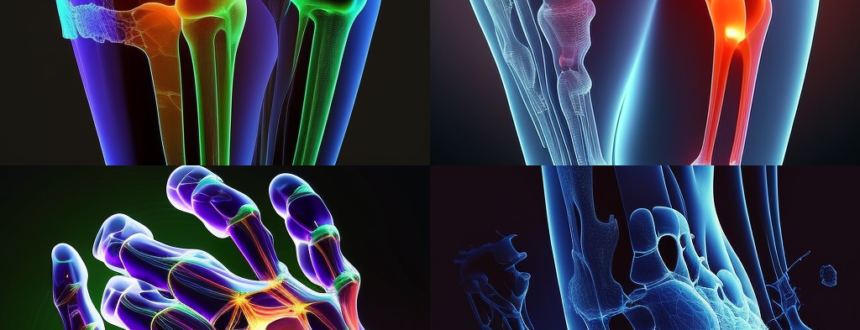 Cause:
Cause: